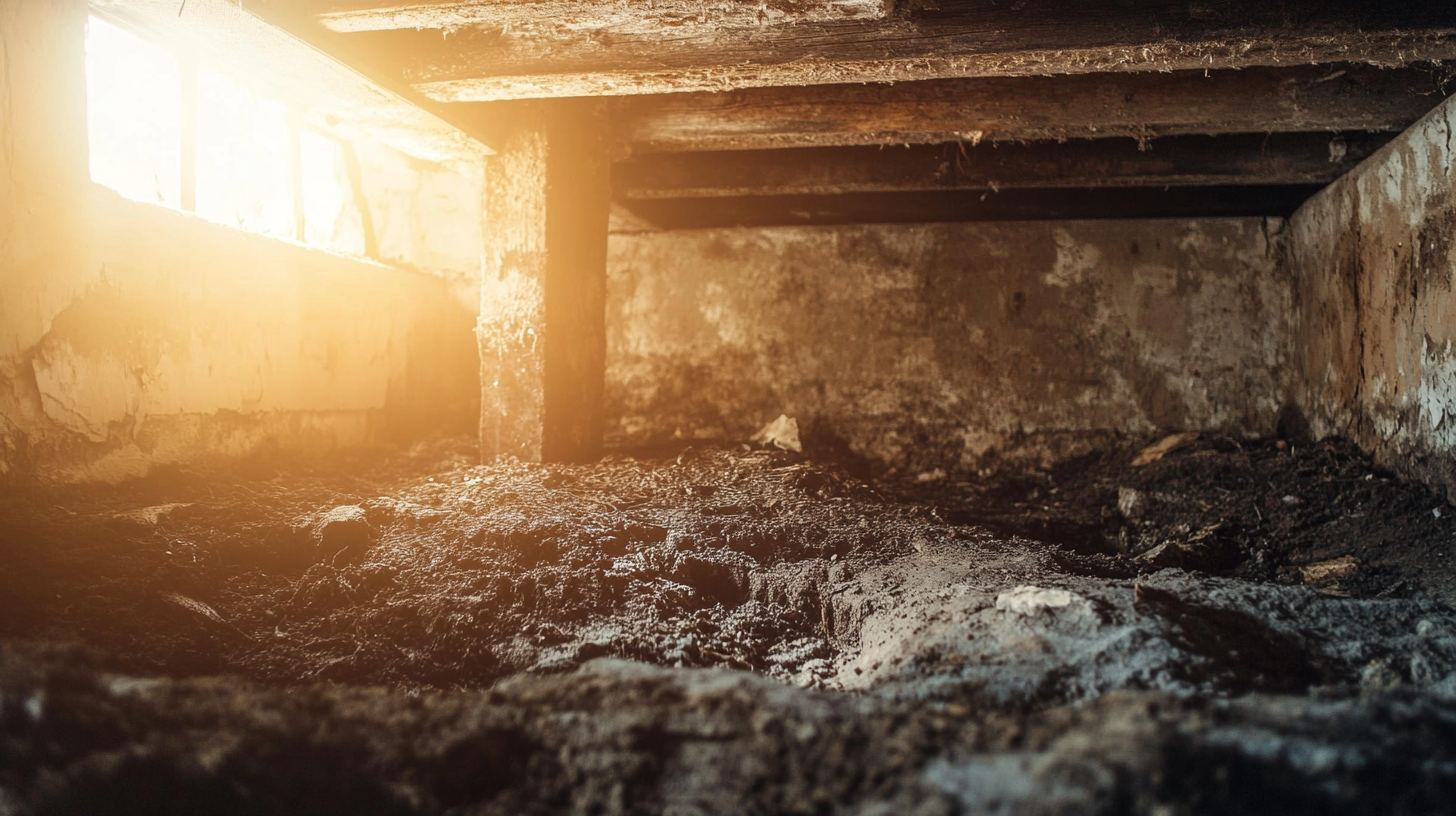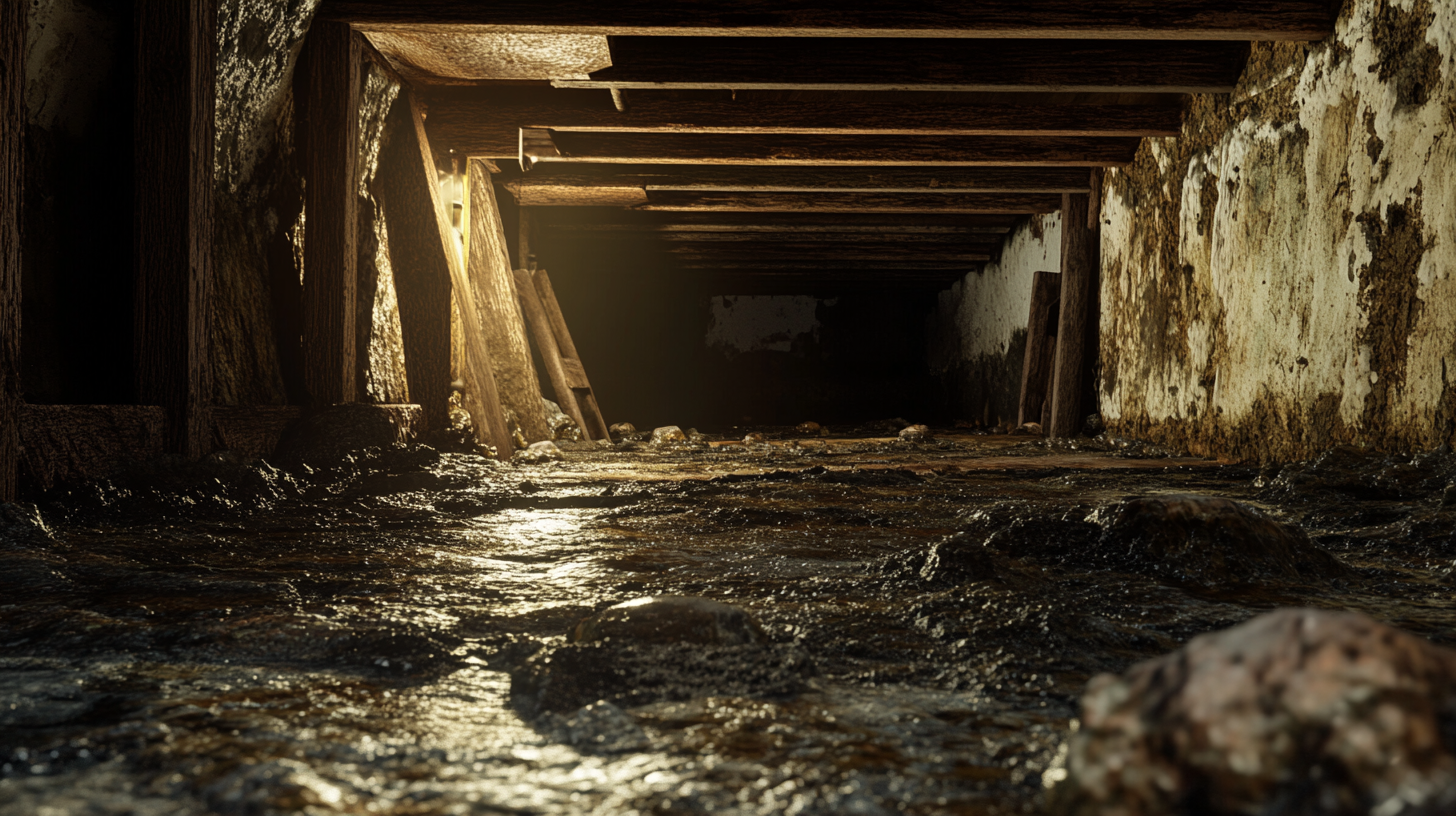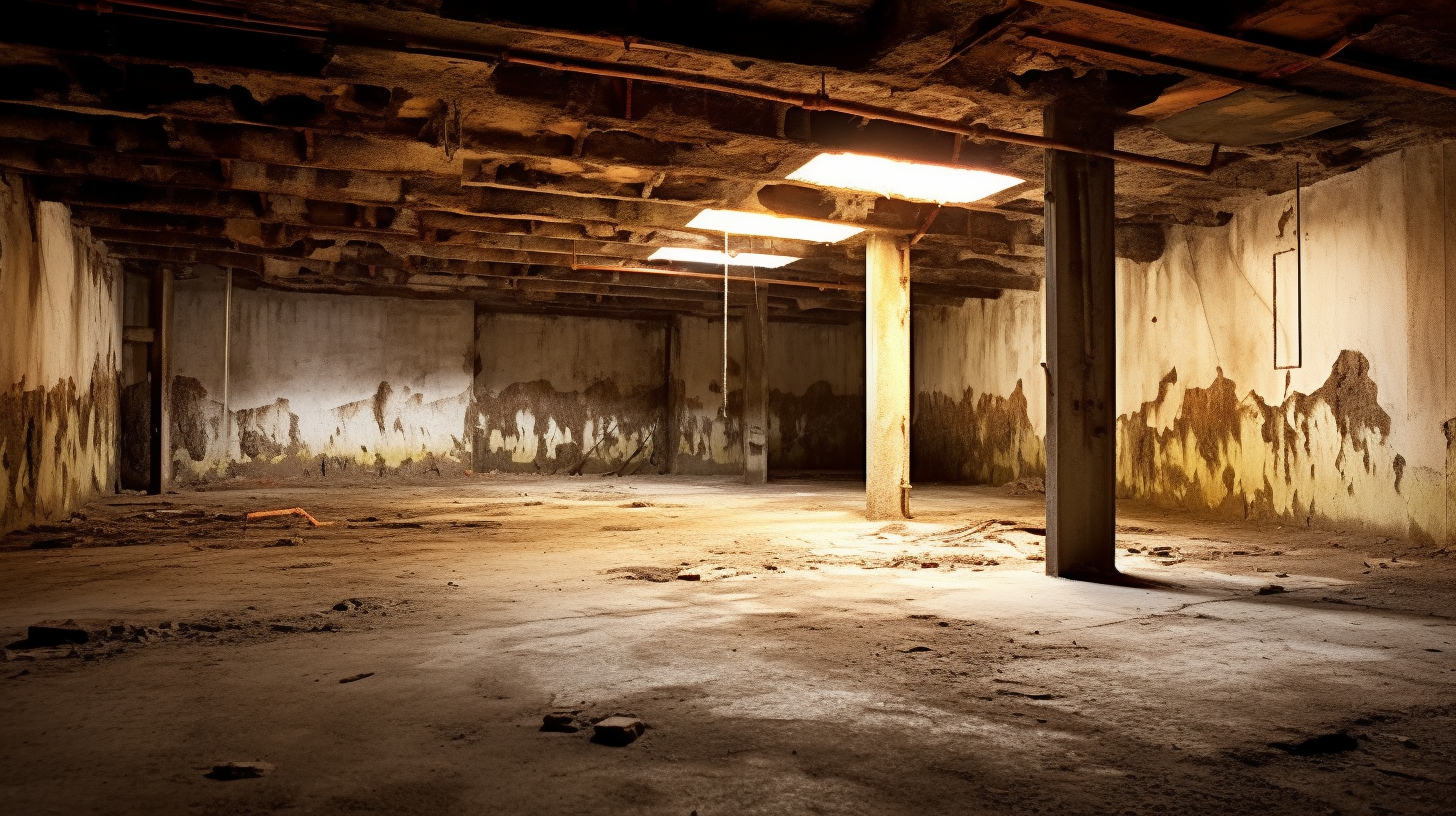Now IS THe Time To...

Crawl Space Services In Knoxville, TN
Stetson Howard: 865-432-6743
CRAWL SPACE ENCAPSULATION, REPAIR, WATERPROOFING & MOLD REMOVAL
No-Obligation, Free Inspections
No-Obligation Free Estimates
We Warranty All of Our Work
100% Satisfaction Guaranteed
Moisture control in a crawl space is a critical aspect of maintaining a healthy and structurally sound home. Knowing when your crawl space requires moisture control measures is vital to prevent potential problems that can arise from excess humidity and dampness. In this blog, we'll explore the signs and scenarios that indicate when your crawl space needs moisture control, helping you ensure the long-term well-being of your home.
Signs of Excessive Crawl Space Moisture
Excessive crawl space moisture can wreak havoc on your home, and recognizing the signs is essential to address the issue promptly. One of the most common indicators is the presence of mold and mildew, often accompanied by a musty odor, which can affect your indoor air quality and pose health risks. Additionally, if you notice rotting wooden beams or structural damage in your crawl space, this can be a clear sign of moisture-related issues, as prolonged exposure to high humidity levels can weaken the integrity of your home's foundation and support structures.
Furthermore, peeling paint or efflorescence on the crawl space walls suggests that moisture is seeping through, leading to potential damage over time. High humidity levels in your home, visible condensation on windows, or an increase in energy bills can also be indirect signs of excessive crawl space moisture, as it can impact your home's overall comfort and energy efficiency. Addressing these signs promptly can help you avoid costly repairs and create a healthier living environment for your family.
Impact of Humidity and Weather Conditions on Moisture
The impact of humidity and weather conditions on crawl space moisture is significant and often underestimated. Humidity levels can fluctuate with the seasons, and your crawl space is particularly vulnerable to these changes. During hot and humid months, moisture can accumulate rapidly, especially if the crawl space lacks proper ventilation and insulation. Conversely, in cold weather, condensation can form as warm indoor air meets the cold surfaces of your crawl space walls and floor, leading to moisture issues.
Weather conditions also play a role in crawl space moisture management. Heavy rainfall or flooding can inundate your crawl space, causing immediate and severe moisture problems. Similarly, snow and ice can lead to moisture infiltration as they melt and seep into the crawl space. Understanding how humidity and weather conditions impact your crawl space moisture levels is crucial for implementing effective moisture control measures that adapt to seasonal changes and keep your home safe and dry.
Preventive Measures: Implementing Moisture Control Proactively
Preventive measures in moisture control are a homeowner's best defense against potential crawl space issues. Proactive steps can significantly reduce the risk of costly repairs and health hazards associated with excessive moisture. Firstly, maintaining good ventilation in the crawl space is key. Proper airflow helps regulate humidity levels, preventing condensation and mold growth. Installing vents, a vapor barrier, and even a dehumidifier if necessary, can all contribute to a drier and healthier crawl space.
Regular inspections are another crucial component of preventive moisture control. By routinely checking your crawl space for signs of moisture, such as condensation, dampness, or mold growth, you can catch problems early and take action before they escalate. Additionally, ensure that the crawl space is properly sealed against water infiltration, and that gutters and downspouts direct rainwater away from your foundation. By implementing these preventive measures, you can safeguard your crawl space and the structural integrity of your home from the damaging effects of excess moisture.
FAQs
Recent Blog Posts
Crawl Space News







